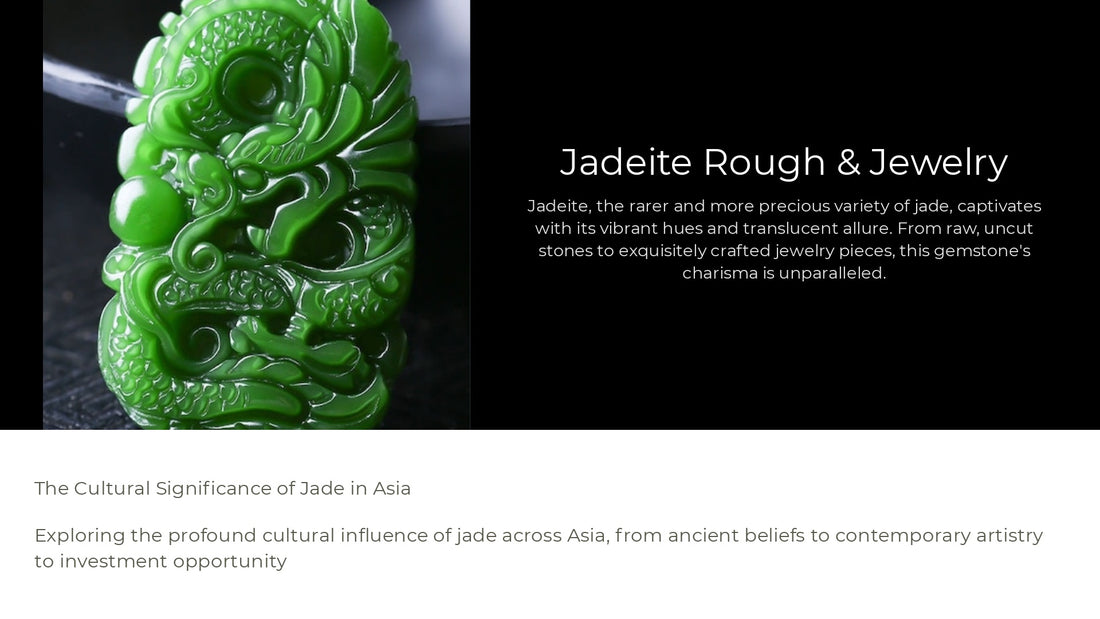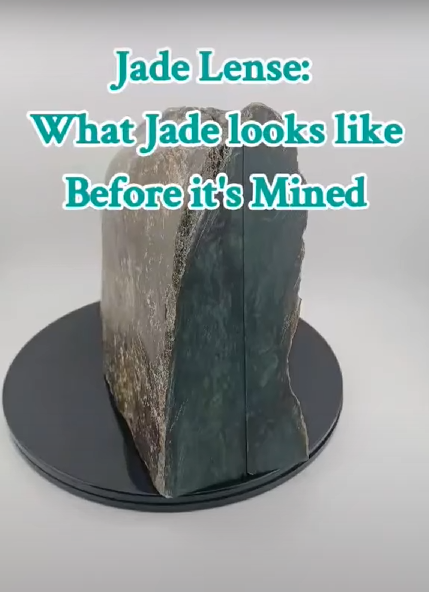
The Soul of China: Jades Cultural Significance
Translucency Jade JewelryChia sẻ
One gemstone has withstood the test of time, embodying the essence of China's soul unlike any other, jade. Beyond its captivating beauty, jade intertwines itself with the very fabric of Chinese culture, spanning centuries. It represents more than just a mere stone; it serves as a symbol of resilience, purity, and connection.

Come along as we delve into the core of jade's cultural significance in China and other Cultures. From ancient rituals to contemporary expressions, jade has silently observed China's journey, mirroring its values and aspirations. Let's embark on a journey together to uncover how White Nephrite Jade, Also known as "Mutton Fat Jade" and Jadeite has deeply impacted the lives and sentiments of generations, molding beliefs, art forms, and collective identity.

Origin and Discovery of Jade: A Timeline
- Neolithic Era (Around 5000-7000 BC):
- Discovery: Earliest evidence of jade use in China during the Neolithic period, primarily in the form of simple ornaments and ritual objects.
- Shang Dynasty (1600–1046 BC):
- Rise in Significance: Jade gains prominence as a symbol of power, wealth, and spirituality.
- Royal Burials: Jade artifacts, including ceremonial axes and bi-discs, are found in royal tombs, indicating its importance in religious and burial practices.
- Zhou Dynasty (1046–256 BCE):
- Golden Age of Jade: Jade carving reaches new heights of craftsmanship and sophistication.
- Cultural Symbolism: Jade becomes deeply ingrained in Chinese culture, symbolizing virtues such as integrity, purity, and immortality.
- Han Dynasty (206 BCE–220 CE):
- Spread of Jade Culture: Jade appreciation spreads beyond the elite to the broader population.
- Healing Properties: Belief in jade's healing properties leads to its use in traditional Chinese medicine.
- Tang Dynasty (618–907 CE):
- Artistic Flourishing: Jade carving becomes a respected art form, with intricate designs and motifs reflecting Taoist and Buddhist influences.
- Ming Dynasty (1368–1644 CE):
- Imperial Patronage: Emperors and the imperial court patronize jade carving, leading to the creation of exquisite pieces for palace adornment and diplomatic gifts.
- Modern Era (20th Century–Present):
- Archaeological Discoveries: Excavations uncover jade artifacts, providing valuable insights into ancient Chinese civilization.
- Cultural Revival: Jade experiences a resurgence in popularity, blending traditional craftsmanship with contemporary design

Jade's Role in Imperial China:
Across China's history, jade was intimately tied to imperial authority. Emperors adorned themselves and their palaces with jade, believing it brought blessings of longevity, prosperity, and divine favor. Jade wasn't merely decorative; it featured prominently in imperial ceremonies, reinforcing the emperor's divine mandate to rule.

Ancient Rituals and Tradition:
In ancient China, jade was central to rituals and traditions. Beyond its beauty, jade played crucial roles in sacrificial ceremonies, burials, and ancestor worship. Items like ceremonial axes, bi-discs, and burial suits made of jade were interred with the deceased, symbolizing protection and spiritual guidance in the afterlife.

In Conclusion;
Jade has crossed borders, influencing cultures globally. From ancient China, symbolizing power, to Mesoamerica, revered for its sacredness, jade's beauty and symbolism are cherished. Today, it inspires artists, healers, and collectors worldwide, bridging the past and present, connecting us through our shared heritage.
- Justin The Jade Carver



